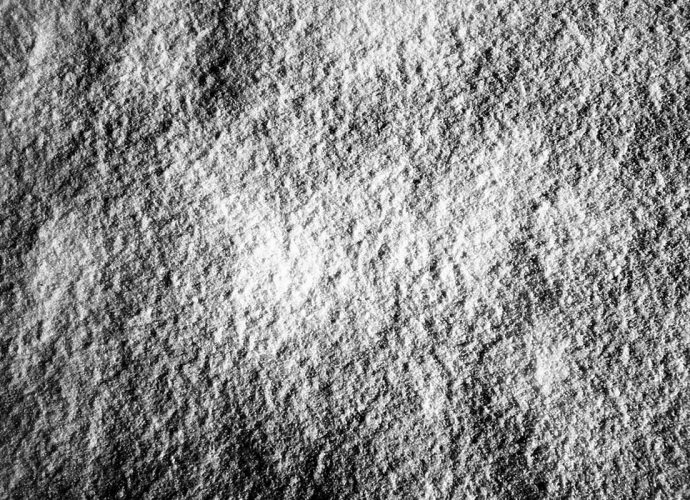How Do You Make A Plaque With Flour?
Bake at 200 F for 3 hours. How do you make a plaque with flour? Simply combine 2 cups of flour with 1/2 cup of salt. Heat up 3/4 cup of water until it is hot enough, and add it to the flour and salt mix. Knead the dough untilRead More →









